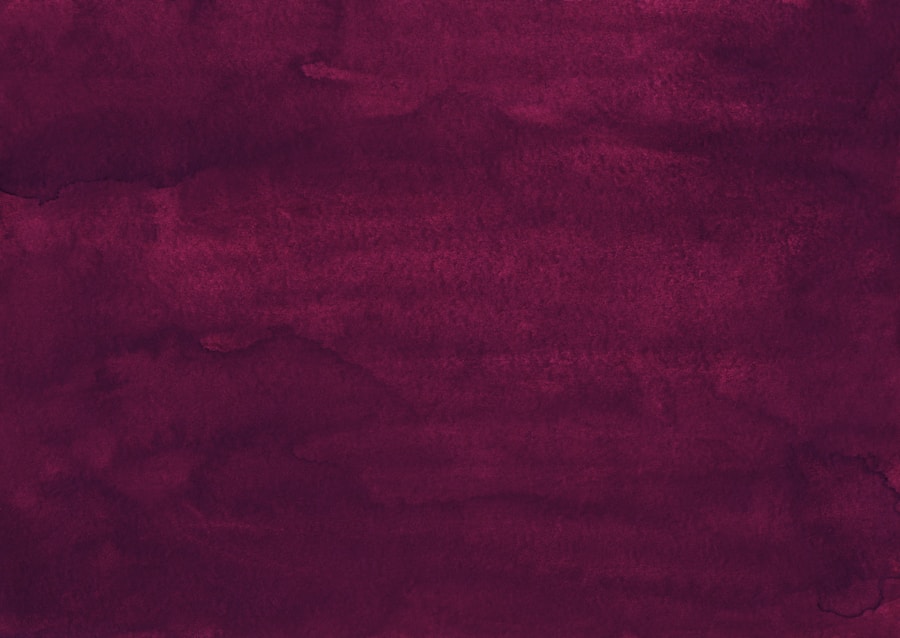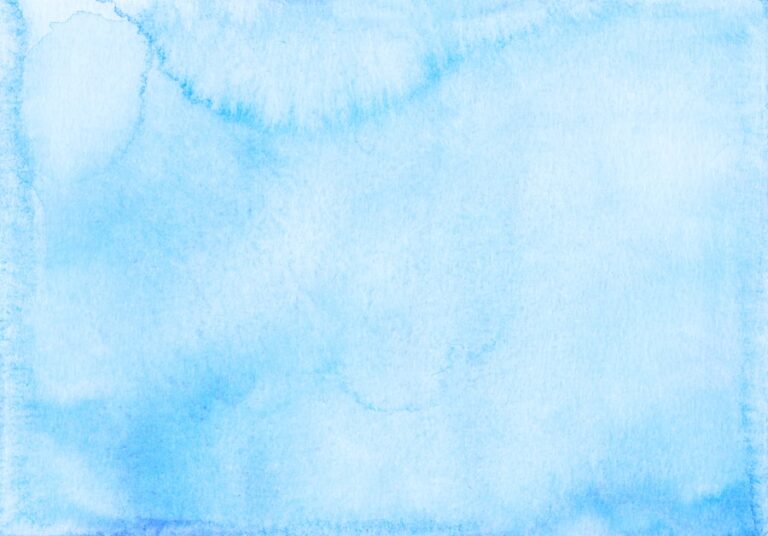Unleashing Your Creativity: Exploring the World of Digital Art Media
Digital art is a form of artistic expression that utilizes digital technology as a medium. It encompasses a wide range of artistic styles and techniques, including digital painting, 3D modeling, animation, and graphic design. Unlike traditional art forms, digital art is created using electronic devices such as computers, tablets, and smartphones, as well as specialized software and tools. This allows artists to manipulate and transform images and create unique visual compositions that would be difficult or impossible to achieve with traditional media.
Digital art has become increasingly popular in recent years, thanks to advancements in technology and the widespread availability of digital tools and software. It has opened up new possibilities for artists to explore and experiment with different styles and techniques, and has also made it easier for them to share their work with a global audience. Digital art has also become an important medium for commercial and advertising purposes, as well as for creating visual effects in film, television, and video games.
Exploring Different Digital Art Tools and Software
There are a wide variety of digital art tools and software available to artists, each with its own unique features and capabilities. Some of the most popular digital art tools include drawing tablets, digital pens, and styluses, which allow artists to create digital paintings and illustrations with precision and control. These devices are often paired with specialized software such as Adobe Photoshop, Corel Painter, and Procreate, which offer a wide range of brushes, filters, and editing tools to help artists bring their creative visions to life.
In addition to painting and illustration software, there are also 3D modeling and animation programs such as Blender, Maya, and Cinema 4D, which allow artists to create three-dimensional objects and characters for use in games, films, and other digital media. These programs often require a steep learning curve, but they offer endless possibilities for creating immersive and dynamic visual experiences. There are also graphic design programs like Adobe Illustrator and Affinity Designer, which are used for creating logos, posters, and other types of visual communication. With so many options available, artists have the freedom to choose the tools and software that best suit their artistic goals and preferences.
Learning the Basics of Digital Art Techniques
Learning the basics of digital art techniques is essential for anyone looking to explore this medium. One of the first things artists should familiarize themselves with is the digital canvas and how to navigate it using their chosen software. Understanding layers, blending modes, and selection tools is also crucial for creating complex compositions and manipulating images effectively. Additionally, learning how to use brushes, textures, and color palettes can help artists achieve the desired look and feel in their digital artwork.
Another important aspect of digital art techniques is understanding how to work with different file formats and resolutions. Artists should be familiar with the various file types used in digital art, such as JPEG, PNG, TIFF, and PSD, as well as the importance of resolution for printing and displaying artwork online. It’s also important to learn about digital image manipulation techniques such as cropping, resizing, and retouching, which can help artists refine their compositions and correct any mistakes or imperfections.
Finding Inspiration for Your Digital Art
Finding inspiration for digital art can come from a variety of sources, including nature, photography, literature, music, and personal experiences. Many artists draw inspiration from the world around them, whether it’s the colors of a sunset, the shapes of natural forms, or the emotions evoked by a particular piece of music. Photography can also be a valuable source of inspiration for digital artists, as it provides a wealth of visual references and ideas for compositions.
Literature and storytelling can also be powerful sources of inspiration for digital art. Many artists draw inspiration from mythology, folklore, and literature to create imaginative and fantastical worlds in their artwork. Music can also be a powerful source of inspiration for digital art, as it can evoke strong emotions and moods that can be translated into visual form. Personal experiences and emotions can also be a rich source of inspiration for digital art, as they provide artists with a means of expressing their inner thoughts and feelings through their work.
Experimenting with Different Styles and Themes
One of the most exciting aspects of digital art is the ability to experiment with different styles and themes. Digital art offers artists the freedom to explore a wide range of artistic styles, from realism and impressionism to abstract and surrealism. Artists can also experiment with different themes and subjects in their artwork, whether it’s landscapes, portraits, still life, or fantasy. This allows them to push the boundaries of their creativity and develop their own unique artistic voice.
In addition to exploring different styles and themes, artists can also experiment with different techniques and processes in their digital artwork. This might involve using different brushes or textures, experimenting with different color palettes or blending modes, or incorporating elements of mixed media into their compositions. By experimenting with different techniques and processes, artists can discover new ways of working and develop their skills in unexpected ways.
Incorporating Traditional Art Techniques into Digital Art
While digital art offers a wide range of possibilities for artistic expression, many artists also find value in incorporating traditional art techniques into their digital work. For example, some artists use digital painting software to create realistic oil or watercolor paintings that mimic the look and feel of traditional media. Others use 3D modeling programs to create sculptures or installations that draw on traditional sculptural techniques.
In addition to mimicking traditional media, some artists also incorporate traditional drawing and painting techniques into their digital artwork. This might involve using a drawing tablet to create sketches or studies that are then incorporated into a larger digital composition. Some artists also use traditional drawing or painting materials alongside digital tools to create mixed media artwork that combines the best of both worlds.
Sharing and Showcasing Your Digital Art Online
Once an artist has created their digital artwork, they may want to share it with others online. There are many ways to showcase digital art online, including social media platforms like Instagram, Facebook, Twitter, and Pinterest. These platforms allow artists to share their work with a global audience and connect with other artists and enthusiasts who share their interests.
In addition to social media platforms, there are also specialized websites and online galleries where artists can showcase their digital artwork. Websites like DeviantArt, ArtStation, Behance, and Dribbble provide artists with a platform to display their work in a professional setting and connect with potential clients or collaborators. Some artists also choose to sell their digital artwork online through platforms like Etsy or Society6, where they can reach a wider audience of potential buyers.
In conclusion, digital art is a versatile medium that offers endless possibilities for artistic expression. By understanding the various tools and software available for creating digital art, learning the basics of digital art techniques, finding inspiration from different sources, experimenting with different styles and themes, incorporating traditional art techniques into digital art, and sharing their work online, artists can develop their skills and reach a wider audience with their creative vision. Whether creating realistic paintings or fantastical 3D animations, digital art allows artists to push the boundaries of their creativity and explore new ways of expressing themselves visually.






